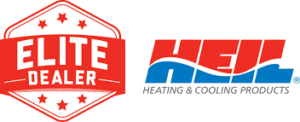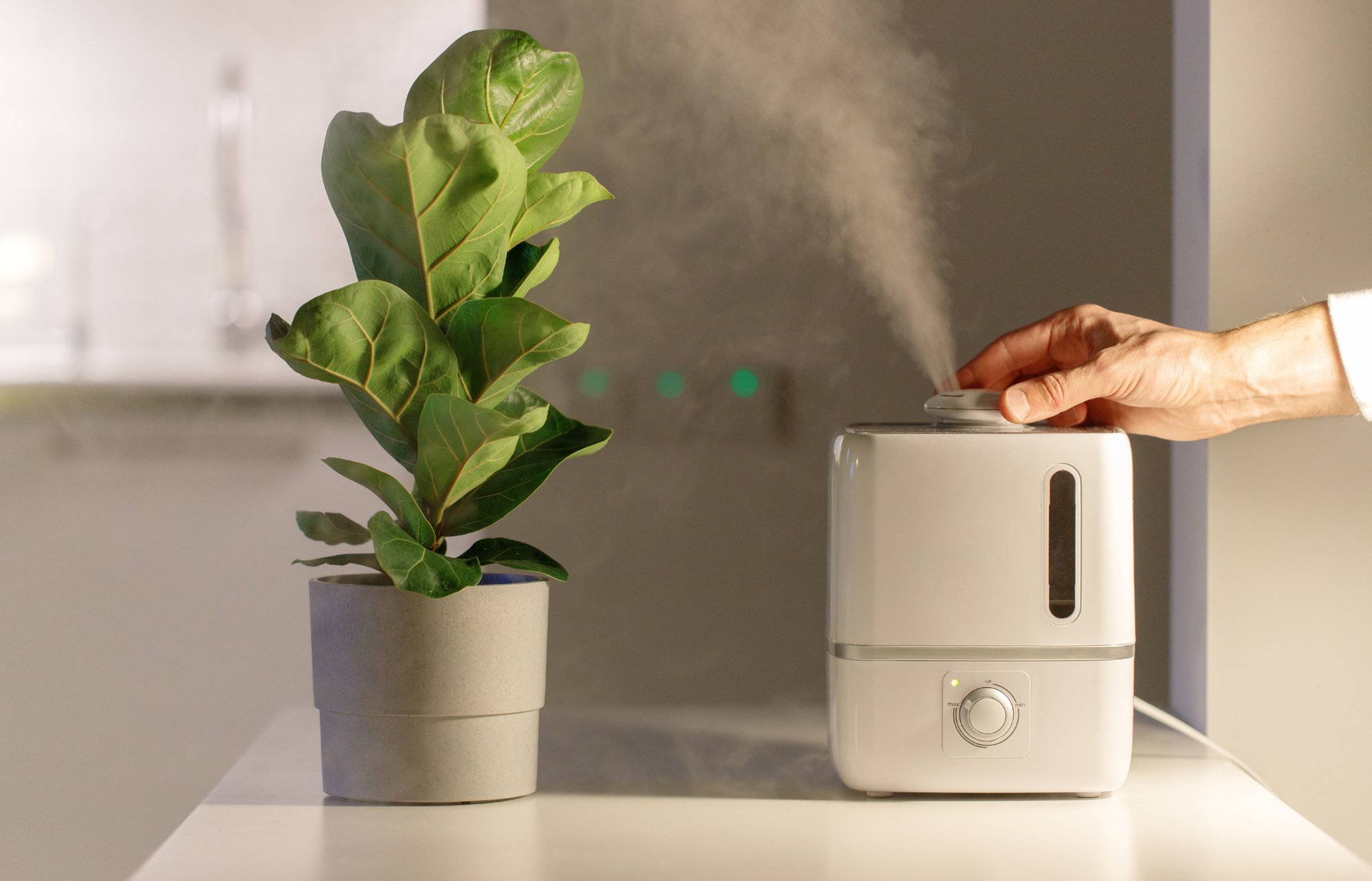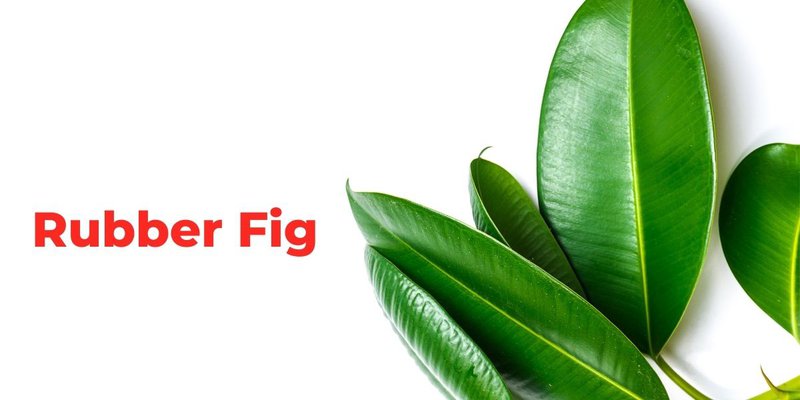As summer approaches, we all look forward to spending more time outside. But, the fact of the matter is the heat, and the humidity in Arkansas generally pushes us to stay inside where it’s cool. We usually relate poor air quality with pollution and car exhaust. Still, the truth is the indoor air quality in our home is typically just as bad as what we experience outside.
The Environmental Protection Agency claims that the average American stays inside 90 percent of the time, where certain pollutants are frequently 2-5 times greater than the concentrations outside. When we think about these realities, it’s only reasonable that we take action to ensure the indoor air quality in our home is as good as it can get. There are several ways to accomplish this — let’s explore how to improve indoor air quality in your home, including a list of indoor air quality products.
Residential Indoor Air Quality
We know that keeping your family safe and breathing the best quality of air in your home is a priority for you. Fortunately, the solutions to reduce contaminants in your household, stay on track with the prevention, and control indoor air quality are straightforward and easy. We’ve put together a list of strategies that you can use today to improve air quality in your home.
The three basic strategies for improving indoor air quality in your home include:
- Air cleaners
- Improved ventilation
- Source control
Air Cleaners
There are various types of air cleaners that you can purchase, ranging from inexpensive models to pricey systems for the whole house. Some models are incredibly effective at removing contaminant particles from the air, while others are less so. The overall effectiveness of an air-cleaning product depends on how many pollutants it collects from the air, known as the percentage efficiency rate, and the amount of air taken through the filtering element in cubic feet per minute.
An efficient collector with a low rate of air circulation will not be very effective at cleaning the air, nor will an air cleaning product with a high rate of air circulation but less collection. To keep any air cleaner performing at its peak, it must be maintained per the directions of the manufacturer.
In the last few years, houseplants have made their claim to fame with their role in cleaning the air since they breathe in carbon dioxide and release oxygen. When you bring these natural air cleaners into your home, you create a symbiotic relationship. The plants filter the air, produce fresh oxygen, and beautify your home in the process. Some houseplants you might want to consider bringing into your home for their role in filtering air are:
Improved Ventilation
Another way to reduce indoor air quality pollutants is to increase how much outdoor air comes in. Homes, especially newer models, usually don’t breathe well because the heating and cooling systems are not programmed to bring fresh air in. Rather, they recirculate the same air, creating a big problem in your indoor air quality. Cracking open your doors and windows and running your attic fan are two ways to increase the ventilation rate from outside. Bathroom and kitchen fans, which exhaust outdoors, are effective at removing contaminants from the room where they are located while also increasing the ventilation rate of outdoor air.
Regularly bringing outdoor air into your home is a great way to promote good indoor air quality. There are several different ways air can enter your home which, include:
- Natural ventilation through open doors and windows
- Mechanical ways such as outdoor air intakes that are part of heating, ventilation, and air conditioning (HVAC) systems
- Infiltration is where the outdoor air enters the house via openings, cracks in the foundation, or around doors and windows.
It is important to note that infiltration happens in all homes to some degree.
Natural ventilation is the process in which air moves into your house through open doors and windows. Natural ventilation improves indoor air quality by decreasing the number of pollutants that are indoors.
Increasing ventilation is especially important when you are participating in activities that produce a lot of pollutants — for instance, cooking, painting, paint stripping, using kerosene heaters, or maintenance activities like welding or sanding. If possible, it is better to perform these activities outside to prevent the pollutants from being in your house in the first place.
Source Control
One of the most effective methods to improving indoor air quality is source control. This includes getting rid of the sources of individual pollutants or decreasing their emissions. Certain sources, such as those with asbestos in them, can be encased or sealed. Gas stoves can be calibrated to lower the number of emissions being put out. Oftentimes, source control is a much more cost-effective method to protect and improve indoor air quality than increased ventilation because increasing ventilation can lead to greater energy costs.
Indoor Air Quality Products
Before finishing our discussion on how to improve indoor air quality in your home, there are some indoor air quality products worth noting.
Dehumidifiers
Activities such as cooking, taking a shower, or even breathing cause humidity to accumulate. When there is a high amount of humidity in your home, it creates the perfect breeding ground for harmful mold and bacteria. The EPA encourages a humidity level between 30 and 60 percent in your home, but your optimal humidity level will depend on your personal preference.
When there is a high level of humidity in your home, it makes it difficult to maintain adequate indoor air quality, but dehumidifiers can help. Through the use of a dehumidifier, you can better manage the air quality in your room and keep any health issues caused by poor air quality at bay.
High-Efficiency Filters
Using a high-efficiency filter in your HVAC system is important because these filters are the first-line defense in the case of poor air quality in your home. It is vital to change your filters on a regular basis because clean filters are more effective at pulling airborne particulates out of the air. Dirty filters, on the other hand, can actually lead to poor air quality by becoming a reservoir for contaminants, which are constantly getting circulated back into the air you breathe.
High-efficiency filters are also useful for trapping virus particles. However, not all HVAC systems can accommodate these types of filters, so it’s a good idea to talk to your HVAC experts before deciding to use high-efficiency filters.
For More Information
Maintaining good indoor air quality in your home is a priority to keep your family and yourself healthy. At One Call Service Group, we are here for you for all your indoor air quality and HVAC needs. Contact us online to talk to one of our specialists about what you can do to improve the indoor air quality in your home.







